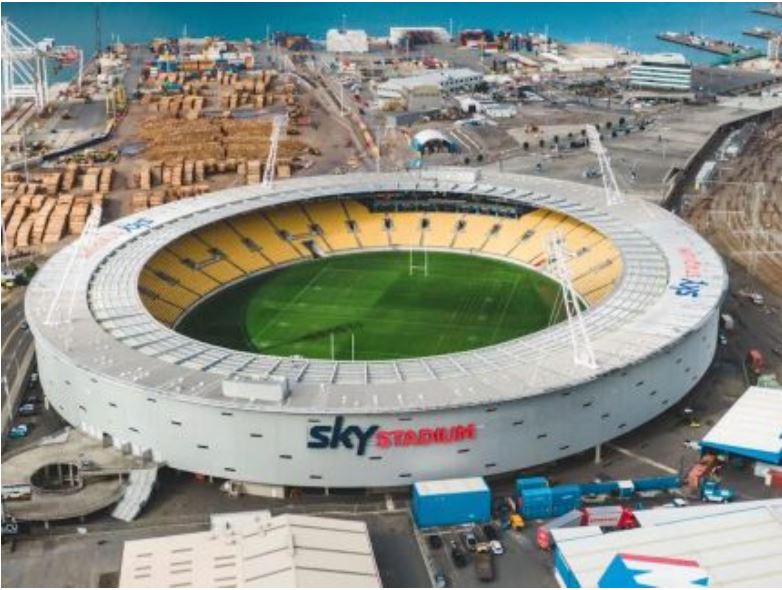
News from Greater Wellington Regional Council
More than 6,000 energy efficient lights are to be installed at Sky Stadium after a grant application was partially approved at today’s Council meeting.
The Wellington Regional Stadium Trust will receive $750,000 to partly fund the purchase and installation of 6,200 LED lights, an essential step in its Energy Transition Plan. The stadium, which is part owned by the regional council, will fund the balance of the work.
Greater Wellington Climate Committee Chair and Stadium Trustee Penny Gaylor says the lighting project will help the council reach its goal of becoming carbon neutral by 2030.
“When installed at the stadium, the LED lights are expected to save 61 tonnes of energy related carbon dioxide emissions each year,” Cr Gaylor says.
The application was made to the council’s Low Carbon Acceleration Fund (LCAF), which supports projects that reduce Greater Wellington’s carbon footprint.
Previous LCAF grants include $8m for native planting and restoration projects in Greater Wellington’s regional parks, and $550,000 for Metlink to convert a diesel bus to run on electricity.
“By accelerating projects that reduce Greater Wellington’s carbon footprint, we’re cutting emissions sooner rather than later to protect our communities and climate,” Cr Gaylor says.
Sky Stadium Chief Executive Shane Harmon says the lighting project will also reduce costs.
“In a separate project, the stadium’s tower lights are being upgraded with LEDs, which will massively cut peak electricity demand,” Mr Harmon says.
“By replacing the remaining building lights with LEDs, we could save close to $100,000 each year in energy and maintenance costs.”
The council also agreed to extend LCAF eligibility to CentrePort, and approved a grant to its public transport wing Metlink for a solar power generation project.
Metlink applied for $266,651 to install a solar photovoltaic system on the roof of Masterton Station. The system is expected to provide more than 100% of the station’s electricity needs, which are about 131 MWh each year.
After excess power is sold back into the national grid, it’s estimated the project will generate more than $600,000 in electricity cost savings and sales revenue over 25 years.
The project will serve as trial for future solar power generation from the roofs of other stations and council assets.
TrendForce 2023 Global LED Lighting Market Analysis-1H23
Publication dates: February 10, 2023; July 31, 2023
Language: Traditional Chinese/English
File format: PDF and EXCEL
Number of pages: 100 (in each publication)
|
If you would like to know more details , please contact:
|











